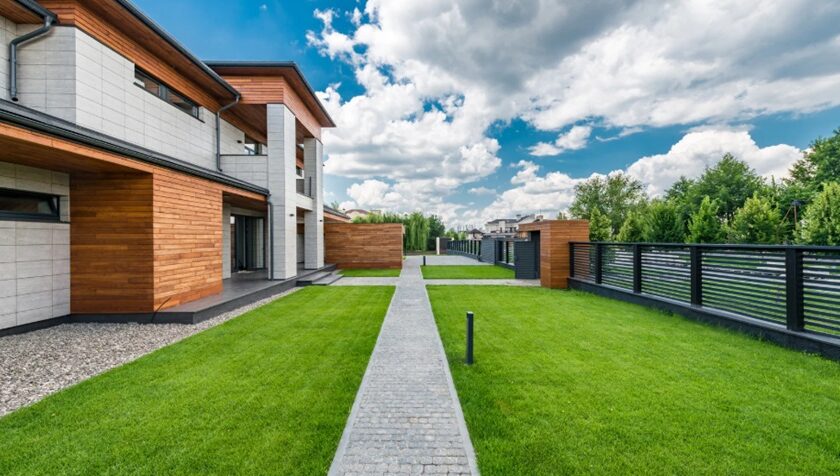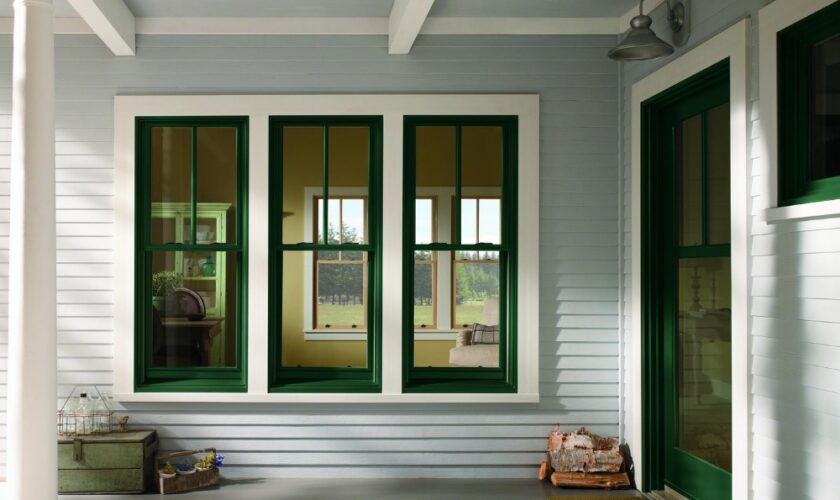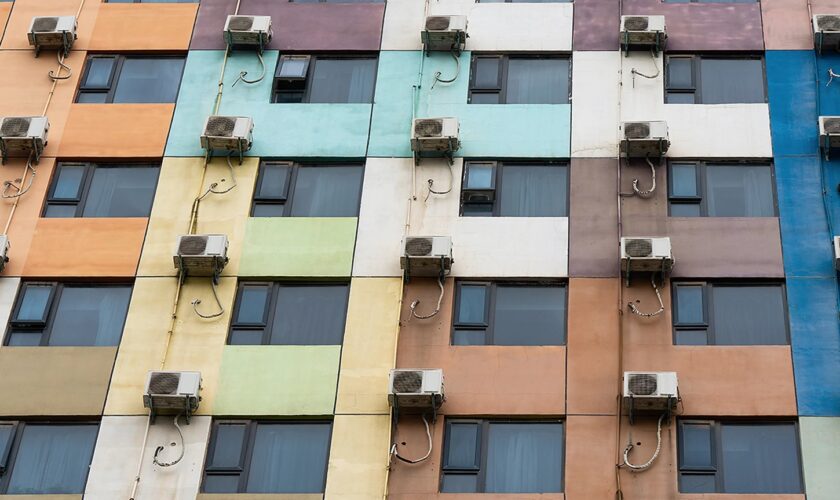Managing stormwater effectively is a critical aspect of protecting both residential properties and the surrounding environment. Without a proper drainage system in place, heavy rainfall can lead to flooding, soil erosion, foundation damage, and waterlogged lawns. Investing in yard drainage solutions in Cumming ensures long-term protection and efficiency, especially in regions prone to seasonal downpours.
A well-structured yard drainage plan does more than just redirect water—it prevents costly repairs, protects your landscape, and preserves the structural integrity of your property.
The Role of Yard Drainage in Stormwater Management
Yard drainage plays a pivotal role in mitigating the impact of heavy rainfall and runoff. When water accumulates in your yard, it can seep into the foundation or settle around structures, weakening their stability over time. Poor drainage also encourages the growth of mold, mildew, and pests, further degrading your home’s value.
An effective system channels water away from vulnerable areas and into proper discharge points using solutions like French drains, catch basins, or swales. These systems, when professionally installed, ensure water flow is controlled and consistent even during peak storms.
Importance of Planning and Professional Assessment
Before implementing a drainage system, a professional assessment of your property is vital. Factors like slope, soil composition, and existing landscaping must be considered to create a tailored solution that addresses both surface and subsurface water challenges.
Professionals may also identify contributing issues such as compacted soil or uneven grading. Addressing these proactively leads to better system performance and longevity. In some cases, adjusting your yard layout or adding gravel beds around the property can support these systems in maintaining dry and usable outdoor spaces.
Common Techniques for Yard Drainage
There are several effective techniques that professionals use to improve yard drainage. Some properties benefit from dry wells that temporarily store excess water underground, allowing it to seep slowly into the soil. Others may require more visible solutions like downspout extensions or grading adjustments to direct water away from the home.
More comprehensive systems include catch basins and trench drains to capture and divert water across wide areas. These methods are especially useful for properties with large surface runoff. The key is selecting a method that matches your unique site conditions and drainage challenges.
To gain insights on how tailored systems help in real-world scenarios, this overview of effective backyard drainage solutions highlights practical ways professional drainage planning prevents damage while improving yard usability.
Avoiding Soggy Yards and Long-Term Issues
Left unchecked, saturated yards become breeding grounds for plant disease and mosquito infestations. Water pooling can suffocate the grassroots and hinder plant growth, leading to unattractive and unusable spaces. Understanding how to prevent a soggy yard sheds light on the consequences of improper drainage and the subtle signs of underlying issues.
When moisture is constantly present, it can also seep into crawl spaces and basements, leading to expensive repair needs. That’s why early intervention with professional solutions is key—not just for immediate relief, but to avoid future risks.
Conclusion
Stormwater management starts with proper yard drainage. Whether you’re dealing with standing water, soil erosion, or foundation concerns, strategic drainage solutions prevent damage and promote a healthier environment. By choosing expert-designed systems tailored to your property’s layout, you invest in safety, efficiency, and peace of mind for years to come.








